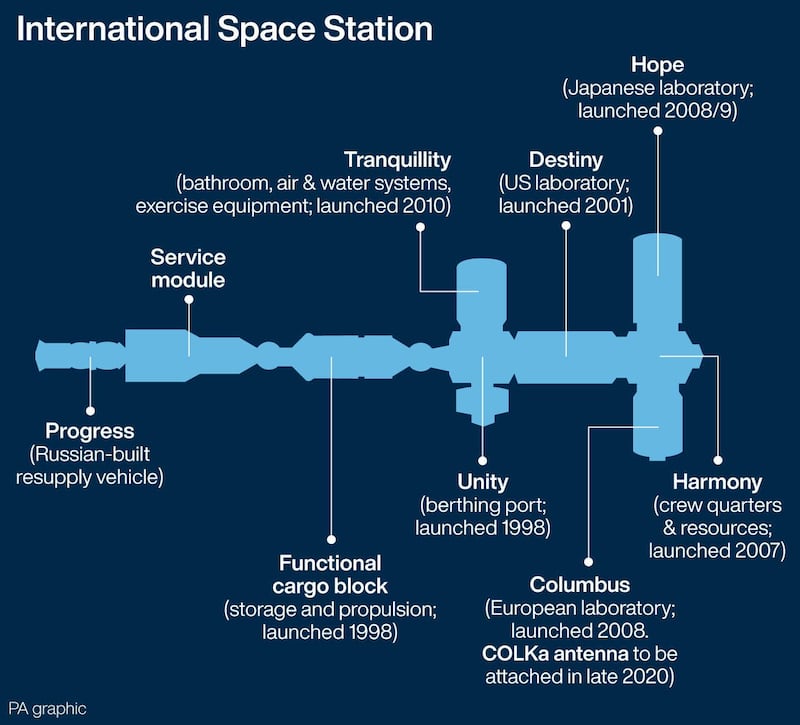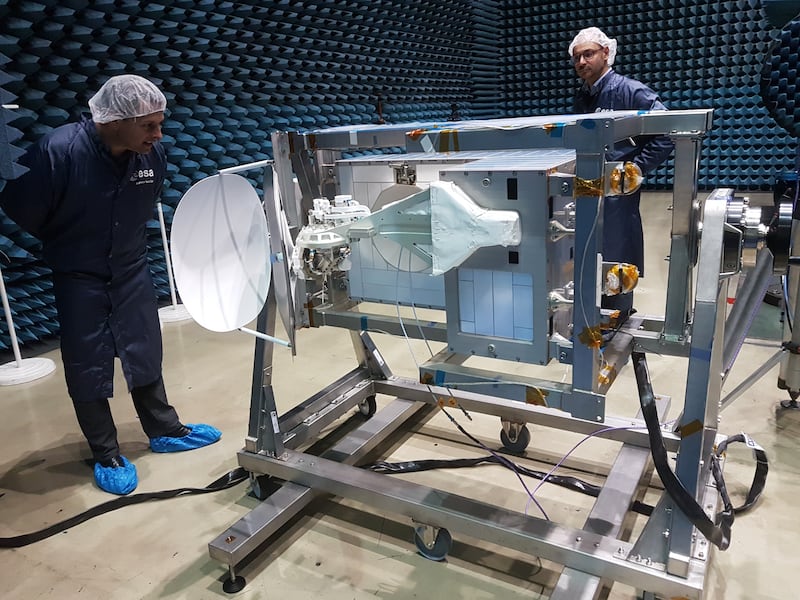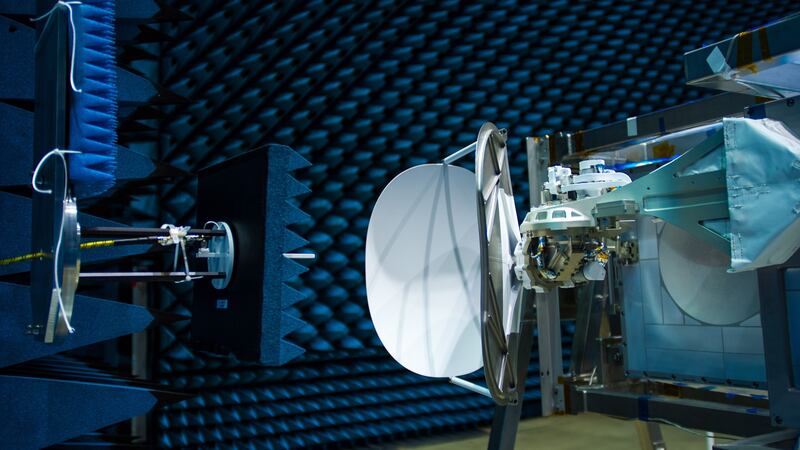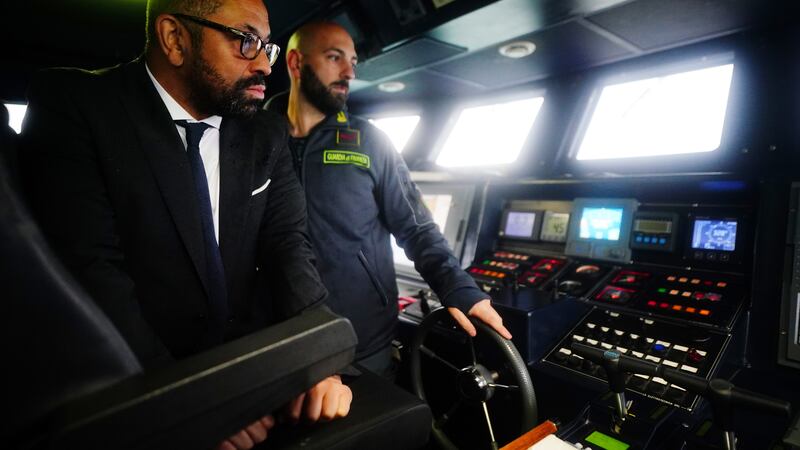A UK-built device that will allow astronauts to communicate with Earth at home broadband speeds has reached the International Space Station (ISS).
The Columbus Ka-band Terminal (COLKa), a communications antenna, arrived on a Cygnus supply ship shortly after 9am on Tuesday.

It is the UK’s first industrial contribution to the International Space Station, which has been housing astronauts since 2000.
The upgrade will ensure faster communications independent from the Nasa system, the UK Space Agency said.
The contract for designing and building the fridge-sized device was awarded to MDA Space and Robotics Limited, a global communications and information company based in Harwell, Oxfordshire.

David Kenyon, managing director at MDA UK, said: “The COLKa programme has firmly established MDA in the UK as a leading provider of high-quality space equipment, positioning us for continued business growth and new jobs in both communications and space sensor markets.”
The device is expected to be installed later this year outside the Columbus module, which is the ISS’s science laboratory.
Astronauts will have to venture out of the ISS during a spacewalk to mount it on the module’s meteoroids protection panel and connect wires to the unit before it can be switched on.
COLKa’s high-speed radio link will transmit scientific data to stations in Europe and the world which are eager to get the latest results from their experiments, the European Space Agency (ESA) said.
At 4:05am ET today, @AstroDrewMorgan captured @NorthropGrumman's #Cygnus cargo craft as @Astro_Jessica monitored the approach and rendezvous. Read more… https://t.co/kgYKYKU7UX pic.twitter.com/PCQx4rpqjG
— Intl. Space Station (@Space_Station) February 18, 2020
The device will send signals from the ISS, which orbits at around 155 miles (250km) above Earth, even further into space where they will be picked up by European satellites 22,000 miles (13,670km) above the planet’s surface.
ColKa promises speeds of up to 50mbps, allowing “astronauts and researchers to benefit from a direct link with Europe at home broadband speeds”, ESA added.
Dr Graham Turnock, chief executive of the UK Space Agency, said: “This is yet another example of the UK economy benefiting, through investment, jobs and new skills, from our continued collaboration with the European Space Agency.”
The UK Space Agency said the knowledge gained from designing, building and running COLKa could be used for another communications package being designed for the Lunar Gateway, a small spaceship currently being built that will orbit around the Moon.








